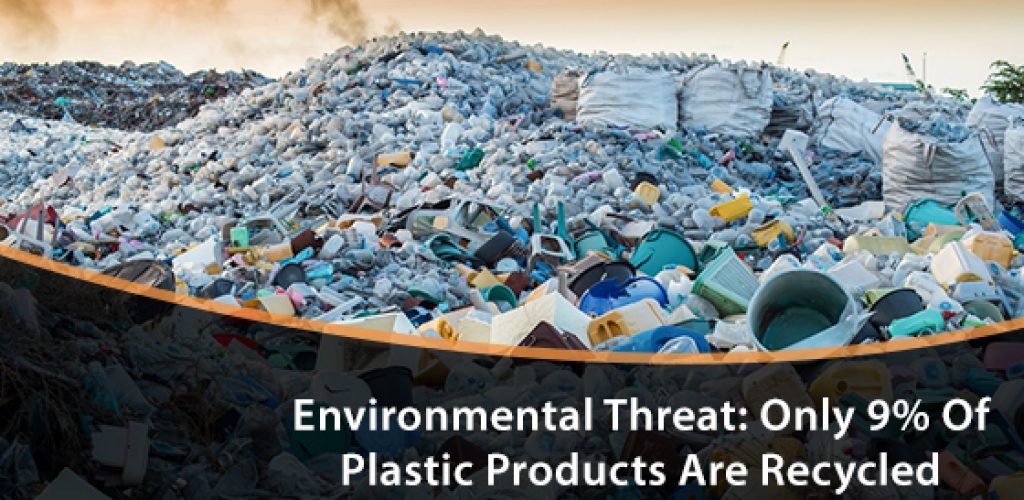Why A Whopping 91% Of Plastic Is Not Recycled

Plastic is a fairly new material considering that its mass production started in the 1950s. But its versatility has accelerated its production to a whooping 8.3 billion metric tonnes to date. Unfortunately, only a small percentage of plastic products are recyclable, with the vast majority ending up in garbage disposal bins as trash, from where it’s burned or put in landfills.
According to the scientists who quantified the cumulative amount of plastic made since mid-twentieth century, and specialising in the study of plastic waste in the oceans, the world was not prepared for the rapid increase in the production of plastic products. While there is a clear system for the management of plastic waste, through recycling or disposal, the massive volume has led to the leakage of plastic waste into the oceans.
Considering that plastic takes over 4 centuries to degrade, and only 12% of the waste has been incinerated, the remaining 88% of plastic waste still exists, and it continues to build up. It is no wonder so much plastic ends up in the oceans where it harms marine animals, fish, and birds. If nothing is done, scientists expect that there will be more plastic in the seas than fish, in terms of mass, by mid-century.
The Statistics
According to the study published in the peer-reviewed journal Science Advances, a massive 6.3 billion metric tonnes out of the 8.3 billion metric tonnes of plastic ever produced globally has become waste. Only 9% of the plastic waste is recycled, 12% is incinerated, while 79% ends up in landfills or in the natural environment as litter, with the sea as its final destination.
If the current trend continues, scientists expect that the plastic in landfills will increase from 5 billion metric tonnes today to 12 billion metric tonnes by 2050. A previous study had revealed that about 8 million metric tonnes of plastic waste end up in the oceans annually. If nothing is done to control plastic waste, this could increase in the same proportion to about 19.2 million metric tonnes by 2050
The Solution: Plastic Waste Management
The production of plastic products has doubled after every 15 years, yet the implications of plastic waste on the environment have only recently become apparent.
Proper plastic waste management will likely require a global approach that involves rethinking:
- Plastic chemistry – over 50% of the fibres and resins used in plastics were produced in the 21st century
- Product design – most of the non-fibre plastic goes into plastic packaging
- Recycling strategies – China, which is a major producer of resin, acrylic fibres, and polyester polyamide recycled only 25% of plastic, compared to 30% in Europe and 9% in the USA
- Consumer use – about 50% of plastic products become trash in under one year
Most consumers are becoming increasingly conscious of the environment, and would be willing to recycle plastic if such initiatives were available. For now, using non-disposable items and discarding plastic waste in the right garbage disposal bins for collection and proper disposal can make a difference.













